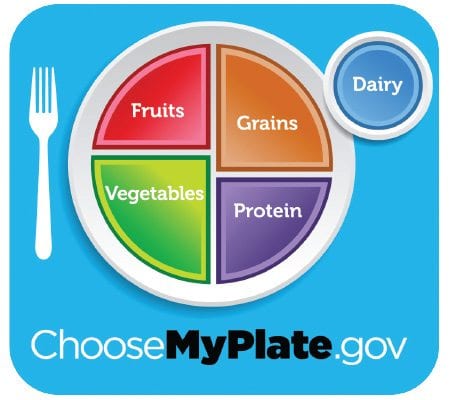
Proteins are one of the workhorses in the body. They have a role in virtually all cell functions, including muscle contraction and movement and defense against germs. Fiber helps maintain bowel health and lowers cholesterol and blood sugar levels.
Foods containing protein and fiber are filling and keep us feeling full longer, which may reduce overeating. Some foods multitask. For instance, legumes, such as kidney and lima beans, are high in fiber and protein.
Choosemyglate.gov, a website of the U.S. Department of Agriculture, recommends filling half your plate with fruits and vegetables of your choice. Both are good sources of fiber. Fill one fourth with whole grains that contain fiber and protein. Fill the remainder with low-fat protein.
The amount of each depends on your age, gender, physical activity and health. A dietitian can help you develop your personal eating plan.
Examples of sources of lean protein
- Skinless poultry
- Lean beef
- Eggs
- Fish
- No-fat or low-fat yogurt
- Legumes (e.g., black-eyed peas)
- Nuts and seeds
Examples of sources of fiber
- Fruits
- Vegetables
- Whole grains
- Cereal
- Popcorn
- Legumes (e.g., black-eyed peas)
- Nuts and seeds
Power-packed snacks
6 ounces non-fat Greek yogurt and one of the following options:
- 15 grapes
- 1 cup strawberry halves
- 1 cup raspberries
- 1 cup blackberries
- ¾ cup blueberries
3 tablespoons hummus and one of the following options:
- 1 cup red pepper strips
- 10 cherry tomatoes
- 10 raw green beans
- 10 baby carrots
- 10 celery stalks

A hearty protein salad
Ingredients & Directions
Place 2 cups of leafy vegetables into a medium sized serving bowl. Add your favorite fruits and vegetables. Top with your favorite protein. Toss with a serving of dressing.
Source: Weight Center, Massachusetts General Hospital







